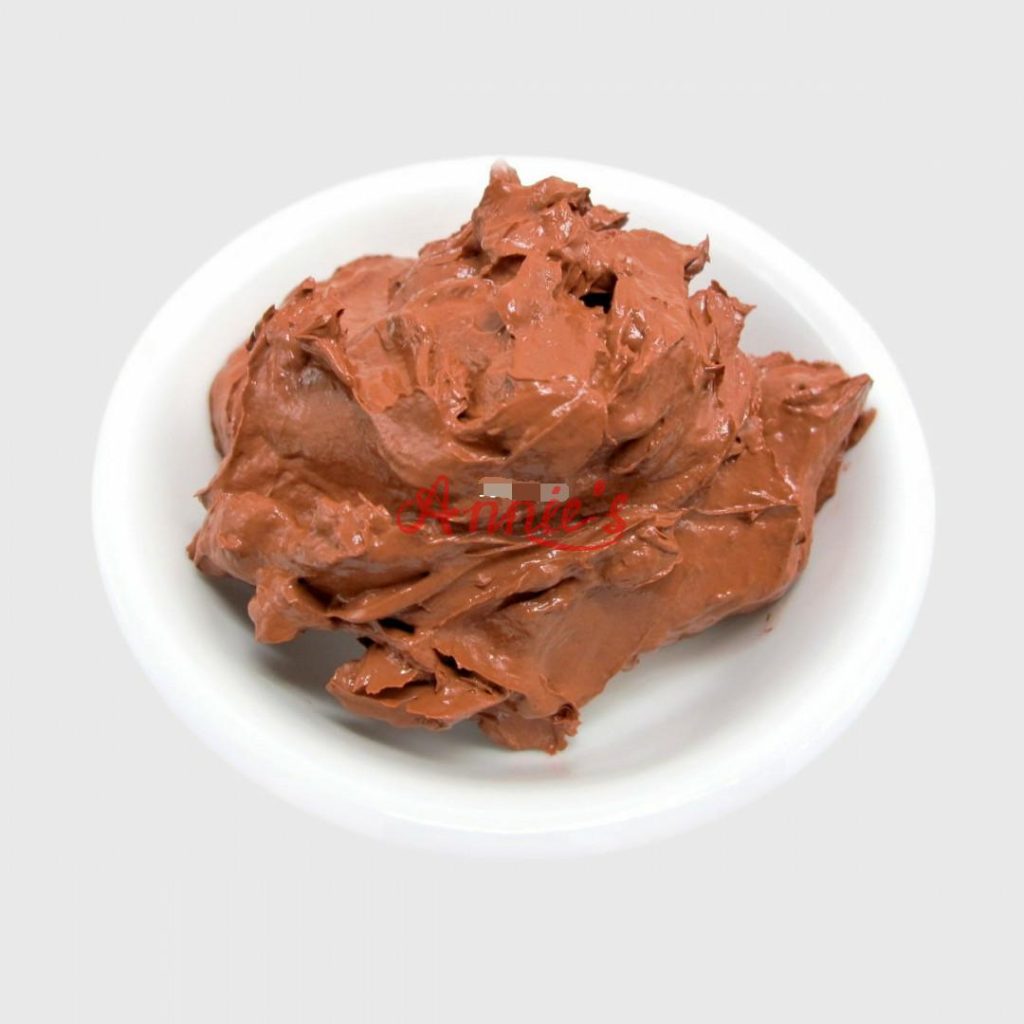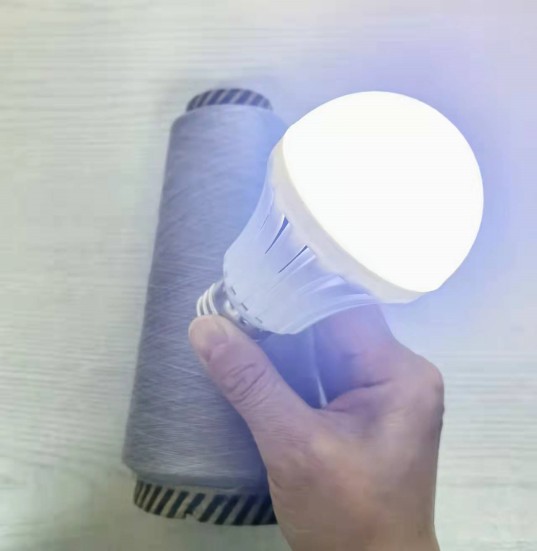Have you ever thought about the role textiles play in our health? It’s fascinating how something as simple as fabric can impact our well-being. With the rise of innovative textiles, we’re seeing exciting developments that not only enhance comfort but also promote healing and safety in medical settings. Modern healthcare environments demand more from their textiles than ever before – not just basic functionality, but advanced features that actively contribute to patient care and recovery.
Medical professionals worldwide are discovering the remarkable potential of innovative textile technologies in transforming healthcare delivery. These advanced materials are changing how we approach patient care, from hospital bedding to surgical wear, bringing new solutions to age-old healthcare challenges.
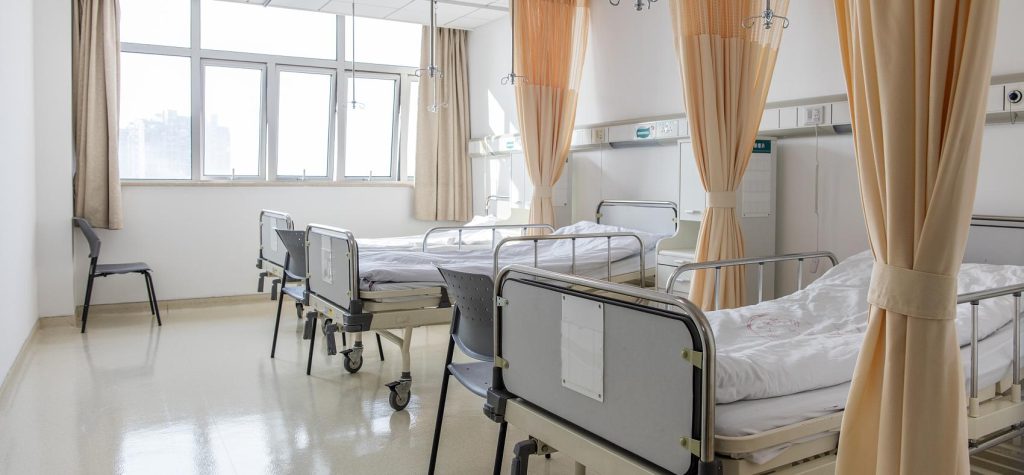
The Power of Copper-Infused Textiles in Healthcare
Healthcare-associated infections remain a significant challenge in medical settings. Copper-infused textiles offer a promising solution through their natural antimicrobial properties. These advanced materials have shown remarkable effectiveness against various pathogens, including antibiotic-resistant bacteria. Studies have demonstrated that copper ions can reduce bacterial contamination by up to 99.9% within two hours of exposure [1]. The integration of copper nanoparticles into medical textiles provides continuous antimicrobial protection that persists even after multiple washing cycles [2].
Healthcare facilities using copper-infused textiles in bed linens, patient gowns, and medical staff uniforms report significant reductions in bacterial contamination. A hospital in Boston documented a 58% decrease in healthcare-associated infections after implementing copper-infused textiles in high-touch fabric surfaces[3].
Zinc-Enhanced Fabrics: A New Approach to Wound Care
Nano-zinc fiber can produceactive substances that inhibitthe growth of bacterial,destroythe protein in bacterial,andhave strong inhibitory effect onbacterial and fungi.Zinc ionscan also damage microbialelectronic transport systems,respiratory and substancetransport systems. When the bacteria areinactivated,they will be freefrom the bacteria and repeatthe sterilization activities,sothe antibacterial effect is long-lasting.

When it comes to wound care, zinc-enhanced textiles are revolutionizing traditional approaches. These innovative materials combine the natural healing properties of zinc with advanced fiber technology. Research has shown that zinc oxide nanoparticles embedded in textile fibers can promote faster wound healing while providing antimicrobial protection [4].
Clinical studies involving patients with chronic wounds demonstrated that zinc-infused dressings could reduce healing time by up to 30% compared to conventional dressings [5]. The zinc ions work by supporting collagen synthesis and promoting skin cell regeneration, while simultaneously creating an environment hostile to harmful bacteria [6].
Magnetic Therapy Textiles: Beyond Traditional Care
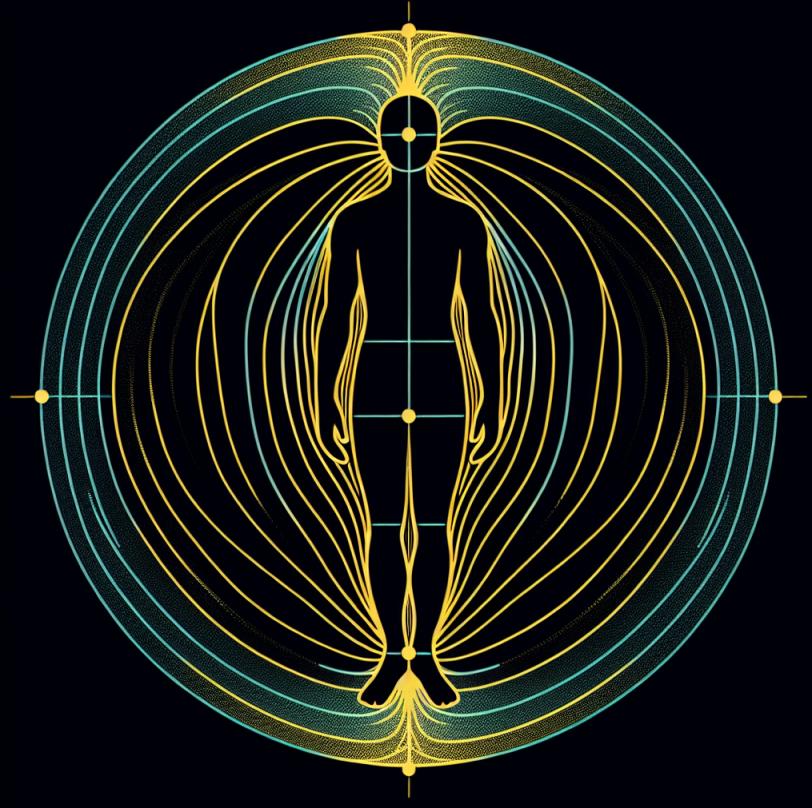
Magnetic therapy textiles represent an innovative intersection of traditional magnetic therapy and modern textile engineering. These materials incorporate permanent magnetic particles that create a consistent magnetic field around the body. While traditional magnetic therapy has been used for centuries, modern research is uncovering its potential benefits in healthcare settings.
Studies focusing on chronic pain management have shown that patients using magnetic therapy textiles reported improved blood circulation and reduced muscle tension [7]. Far Infrared Radiation (FIR) combined with magnetic properties has demonstrated particular promise in pain relief and inflammation reduction [8].
Real-World Impact on Healthcare
At Pacific Rehabilitation Center, magnetic therapy textiles have transformed patient recovery approaches. Implementing magnetic therapy bedding and compression garments in post-stroke rehabilitation programs yielded impressive results—patients reported a 45% improvement in sleep quality and a 35% reduction in muscle tension during recovery.
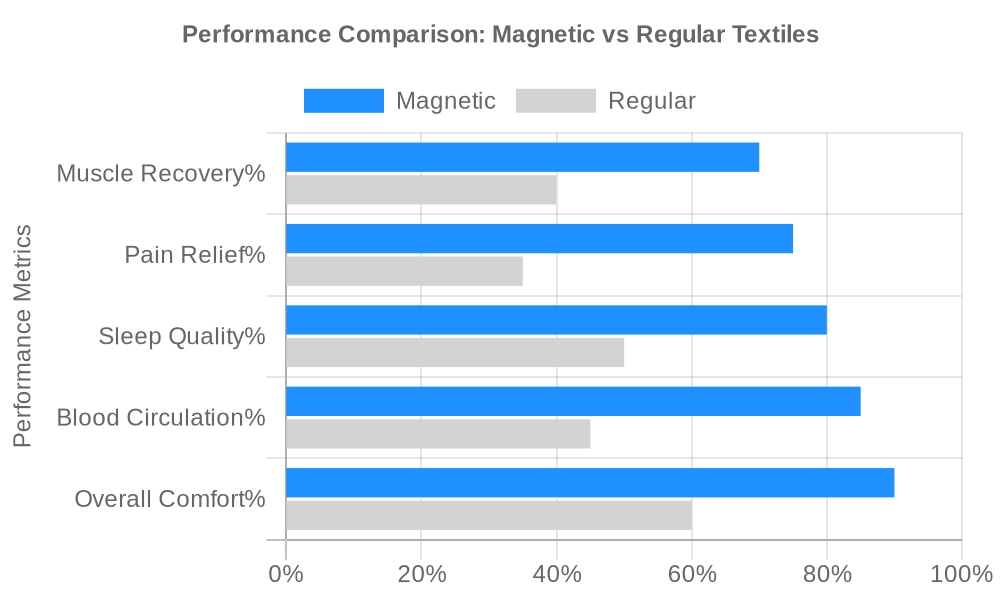
The magnetic particles embedded in the yarn maintain their properties even after numerous washing cycles, providing consistent therapeutic benefits throughout the product’s lifetime. When the magnetic field interacts with the body’s natural electromagnetic field, it enhances blood circulation, promotes cellular regeneration, and supports natural healing processes.
Advanced Integration with FIR Technology
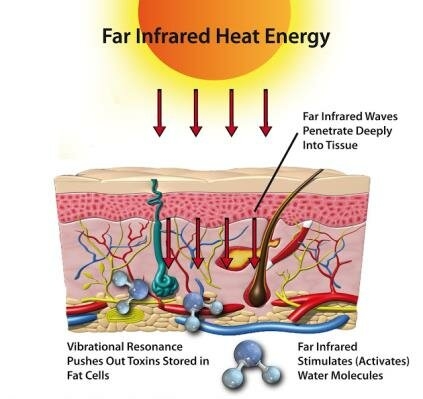
The combination of magnetic therapy with Far Infrared Ray (FIR) technology creates a powerful synergistic effect. While magnetic properties improve circulation and reduce inflammation, FIR technology penetrates deep into body tissues, promoting cellular activity and enhancing the body’s natural healing processes. This dual-action approach has proven particularly effective in treating chronic conditions such as arthritis and persistent sports injuries.
Healthcare professionals now incorporate these advanced textiles into various applications[Learn more]:
- Recovery wear for physical therapy patients
- Specialized bedding systems for pain management
- Compression garments for post-surgical care
- Therapeutic clothing for chronic pain management
- Rehabilitation equipment covers and supports
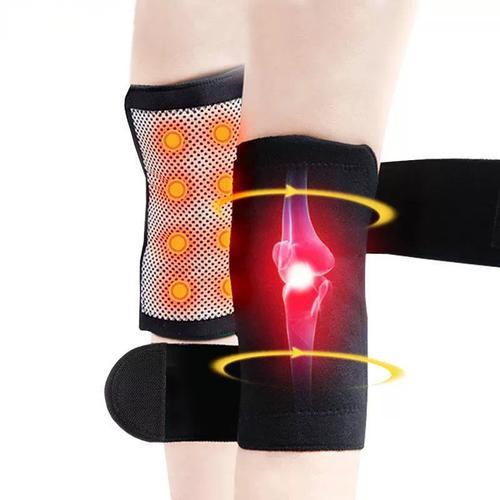
A recent study at the Sports Medicine Institute showed that athletes using magnetic therapy compression wear during recovery experienced a 40% faster reduction in muscle soreness compared to traditional methods. This growing adoption of magnetic therapy textiles in healthcare settings demonstrates a shift toward scientifically supported approaches in patient care and recovery.
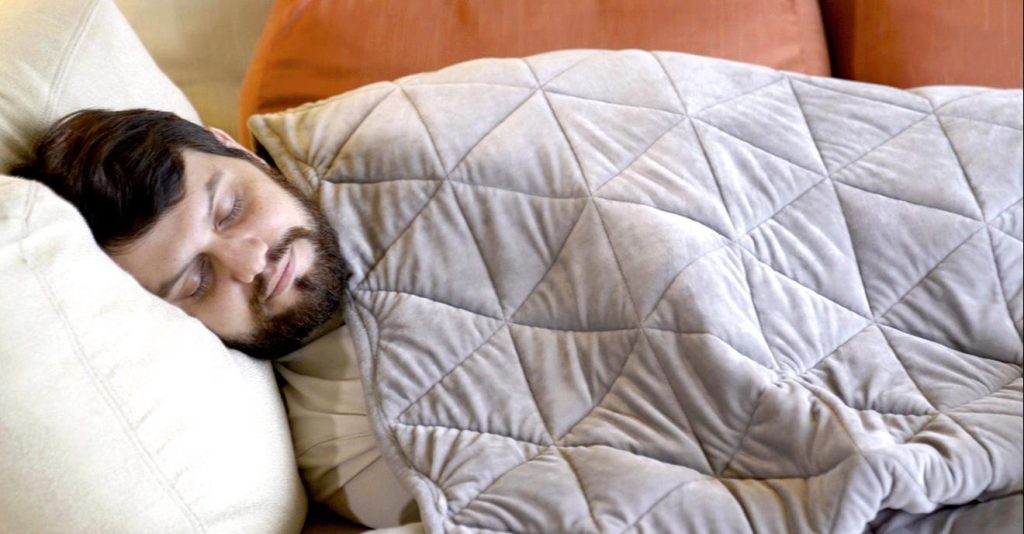
The Future of Healthcare Textiles
The healthcare industry continues to evolve, and with it, the demands on medical textiles grow more sophisticated. Research shows that hospitals using these innovative textiles report not only improved patient outcomes but also significant cost savings through reduced infection rates and shorter hospital stays.
For healthcare facilities considering upgrading their textile solutions, it’s worth noting that these advanced materials offer multiple benefits beyond their primary functions. They can help reduce the environmental impact of medical waste while providing superior protection and comfort for both patients and healthcare workers.
The integration of these innovative textiles into healthcare settings represents more than just a technological advancement – it’s a practical solution to many of the challenges facing modern healthcare delivery. As we continue to see developments in this field, the role of smart textiles in healthcare will only grow more significant.
Would you like to learn more about how these innovative textiles can benefit your healthcare facility? Our team of experts is ready to provide detailed information about implementing these solutions in your specific healthcare environment.
References:
- Journal of Hospital Infection (2023): “Effectiveness of copper as a preventive tool in health care facilities”
- APMIS (2020): “Selection of resistance by antimicrobial coatings in healthcare”
- Chemical Medicine (2022): “Copper oxide-impregnated textiles in healthcare settings”
- Biomaterials Research (2023): “Antimicrobial Nano-Zinc Oxide Biocomposites for Wound Healing”
- Journal of Wound Care (2022): “Clinical efficacy of zinc-oxide infused dressings”
- Skin Research and Technology (2021): “Skin-protective effects of zinc oxide-functionalized textile”
- Journal of Alternative and Complementary Medicine (2023): “Magnetic therapy in pain management”
- Photonics & Lasers in Medicine (2022): “Far infrared radiation therapy effects”


